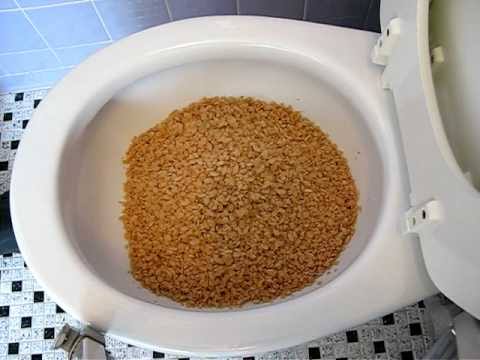Can You to Dispose of Food in the Toilet?
Can You to Dispose of Food in the Toilet?
Blog Article
Just how do you actually feel in regards to Is it safe to flush food (especially rice) down the toilet??

Intro
Many people are often confronted with the issue of what to do with food waste, especially when it involves leftovers or scraps. One common question that arises is whether it's alright to flush food down the commode. In this article, we'll explore the reasons individuals could consider flushing food, the repercussions of doing so, and alternate methods for correct disposal.
Reasons people may take into consideration flushing food
Lack of awareness
Some individuals may not understand the potential harm brought on by flushing food down the commode. They might erroneously think that it's a safe technique.
Convenience
Flushing food down the bathroom might appear like a fast and simple service to dealing with unwanted scraps, especially when there's no close-by trash bin offered.
Idleness
In many cases, people may merely pick to flush food out of large idleness, without taking into consideration the consequences of their actions.
Consequences of flushing food down the toilet
Environmental impact
Food waste that ends up in rivers can contribute to pollution and damage marine ecosystems. In addition, the water used to flush food can stress water sources.
Pipes problems
Flushing food can bring about blocked pipes and drains pipes, creating pricey plumbing repair services and inconveniences.
Types of food that need to not be purged
Fibrous foods
Foods with coarse appearances such as celery or corn husks can obtain tangled in pipelines and trigger blockages.
Starchy foods
Starchy foods like pasta and rice can soak up water and swell, causing blockages in pipelines.
Oils and fats
Greasy foods like bacon or cooking oils ought to never be purged down the commode as they can strengthen and trigger clogs.
Correct disposal methods for food waste
Making use of a garbage disposal
For homes furnished with garbage disposals, food scraps can be ground up and flushed through the plumbing system. Nonetheless, not all foods are suitable for disposal in this way.
Recycling
Particular food product packaging products can be reused, lowering waste and reducing environmental impact.
Composting
Composting is an eco-friendly way to dispose of food waste. Organic products can be composted and made use of to enhance soil for horticulture.
The importance of correct waste monitoring
Reducing ecological harm
Appropriate waste management methods, such as composting and recycling, aid minimize pollution and preserve natural deposits for future generations.
Shielding pipes systems
By preventing the technique of flushing food down the toilet, home owners can stop costly plumbing repairs and preserve the stability of their pipes systems.
Conclusion
To conclude, while it may be appealing to purge food down the commode for convenience, it is necessary to comprehend the possible repercussions of this action. By taking on correct waste monitoring methods and taking care of food waste sensibly, individuals can add to much healthier plumbing systems and a cleaner environment for all.
FLUSH FOOD DOWN THE TOILET?
FLUSHING FOOD CAN CAUSE BLOCKED DRAINS IN YOUR HOME
All of the plumbing fixtures in your home are connected to the same sewer pipe outside of your home. This outdoor sewer pipe is responsible for transporting all the wastewater from your home to the Council sewer mains. Even small pieces of food that go down the kitchen sink can cause problems for your sewer. It should therefore be obvious that flushing larger bits of food, such as meat, risks a clog in either the toilet itself or the sewer pipes. Flushing greasy food is even more problematic because oil coagulates when it cools, coating the interior lining of your pipes.
THE TOILET IS NOT A BIN
Food isn’t the only thing that people shouldn’t be flushing down the toilet. People use the toilet to dispose of all kinds of things such as tampons, makeup wipes, dental floss, kitty litter and even underwear. Water goes to great lengths to educate residents about the high costs and stress placed on wastewater treatment systems simply from people flushing the wrong stuff down the toilet. It costs taxpayers millions of dollars each year, and homeowners thousands in blocked drain repairs.
FLUSHING FOOD IS A WASTE OF WATER
Flushing food is a waste of our most precious resource - water. In June this year Level 1 water restrictions were introduced to protect water supply from drought conditions. Much of New South Wales continues to be affected by prolonged drought with recent figures revealing up to 97 per cent of the state remains in drought. Depending on whether you have a single or dual flush toilet, every single flush uses between five and 11 litres of water. In the current climate this is a huge amount of water to be wasting on flushing food that should be placed in the bin (or better yet, the compost).
https://www.jabplumbingsolutions.com.au/blog/can-you-flush-food-down-the-toilet

I have been very fascinated by Flushing Food Down the Toilet? and I am assuming you enjoyed reading our page. In case you appreciated our blog posting please make sure you remember to pass it around. I am grateful for being here. Don't hesitate to come visit our website back soon.
See Availability Report this page